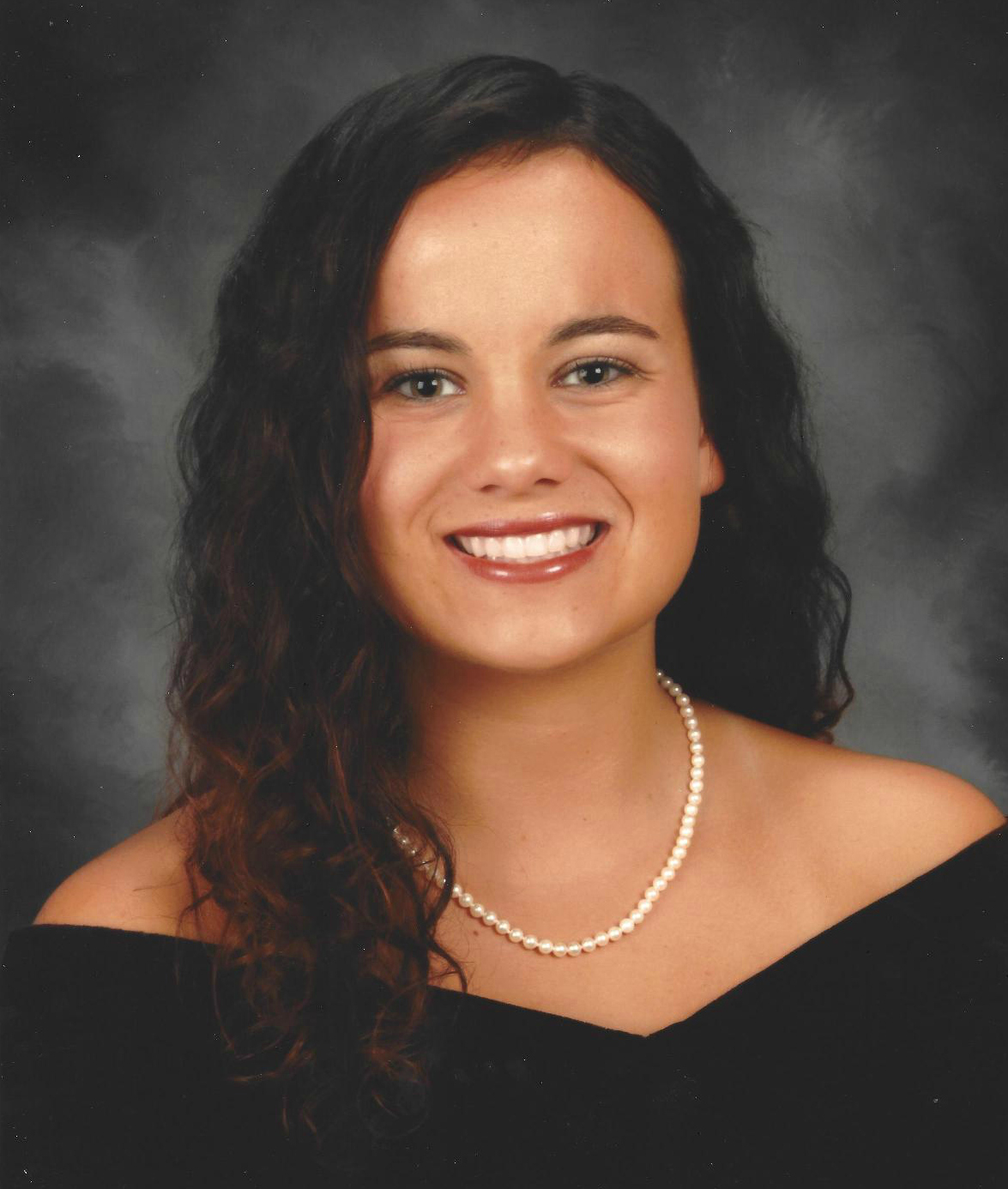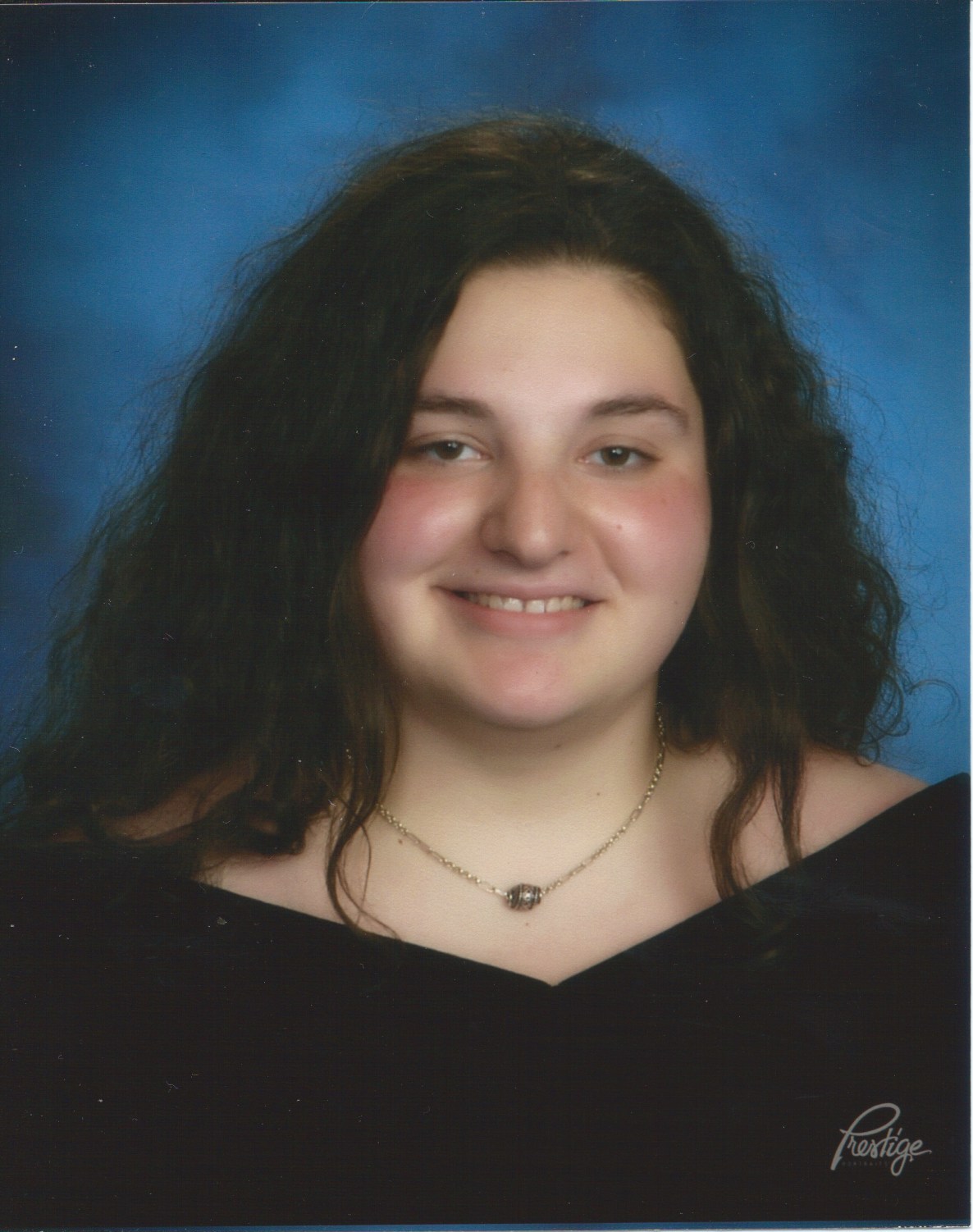Below is a summary of the abstract you submitted. Presenting author(s) is shown in bold.
If any changes need to be made, you can modify the abstract or change the authors.
You can also download a .docx version of this abstract.
If there are any problems, please email Dan at dar78@pitt.edu and he'll take care of them!
This abstract was last modified on May 4, 2017 at 12:28 p.m..

After the isolation and sequencing of Mycobacterium phage LittleLaf, various bioinformatic tools were utilized in the annotation of its genome; these tools included the annotation software DNA Master, the gene prediction software GeneMark, the Starterator and Phamerator reports, Shine-Dalgarno values, BLAST, InterPro, and HHPred. The LittleLaf genome is 64834 base pairs long with a guanine-cytosine content of 63.4 percent. The genome contains 111 open reading frames. LittleLaf is classified as a Siphoviridae, a family of double-stranded DNA viruses, and is one of only seven phages to be assigned to Cluster S. LittleLaf’s genes 53 and 56, which putatively code for Lysin A and Holin, respectively, have been selected for further study. Lysin, widely known as endolysin, internally hydrolyzes the cell wall of the bacterial host, where it targets the peptidoglycan in order to interfere with cell wall structural integrity. By breaking down the cell wall, newly assembled viruses can be released at the end of the lytic cycle. Holin is a group of small proteins that accumulate in the host’s cell membrane, where they form holes that will allow lysins to access the host’s cell wall. Ultimately, without Holin, Lysin would not be able to access and breakdown the cell wall and release newly formed virus progeny. Because of the location proximity and the codependency of these two genes, they are referred to as the lytic cassette. Previous research has shown that lysins, and holins by association, are effective in the treatment of infections induced by Gram-positive bacteria in lab animals. It has also been discovered that coupling lysins with other disruptive proteins is an alternative to combat the more troublesome Gram-negative bacteria. The presence of Lysin- and Holin-coding genes in LittleLaf’s genome would enable the use of this phage in the development and implementation of alternative antibacterial therapies.


